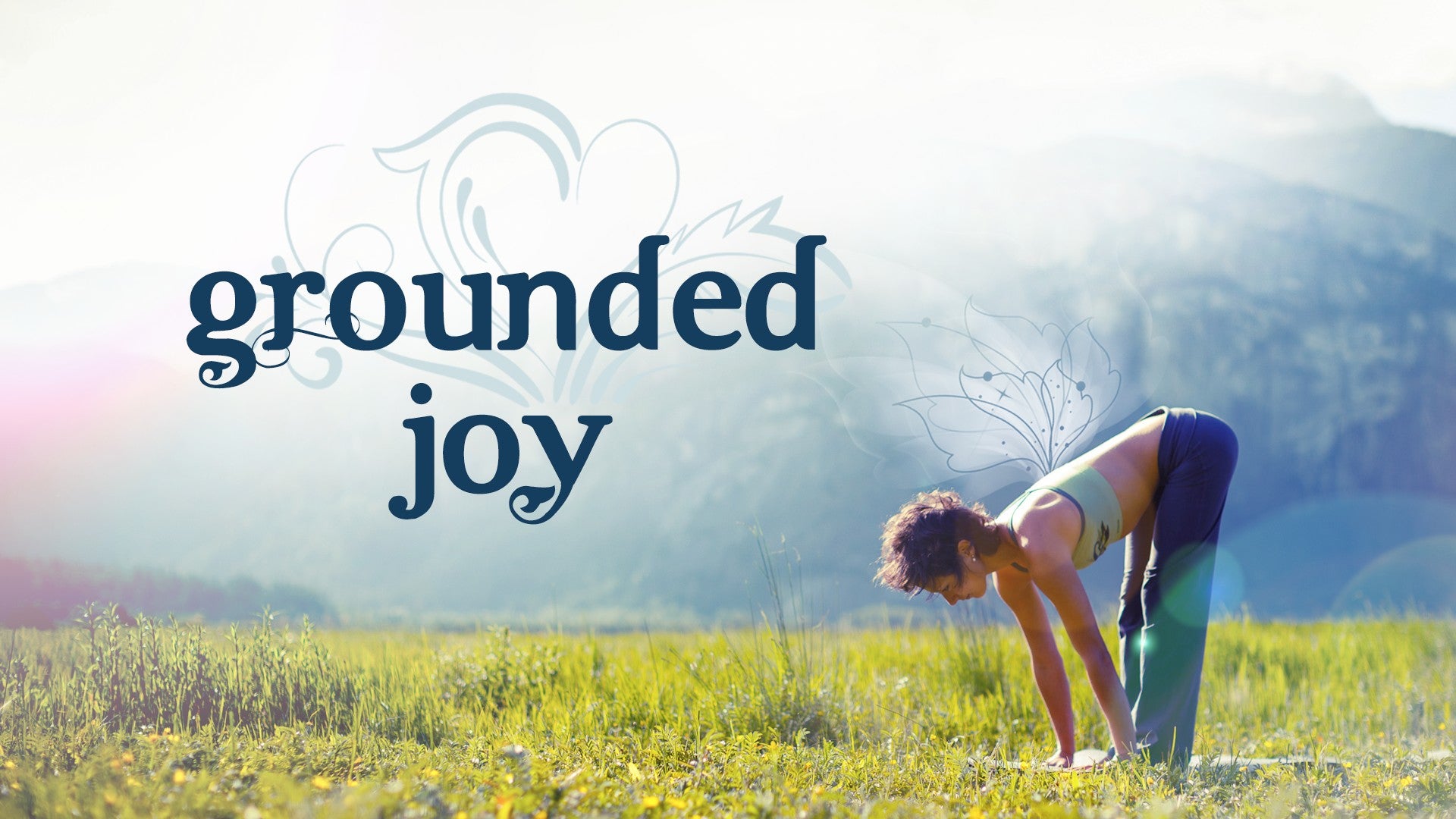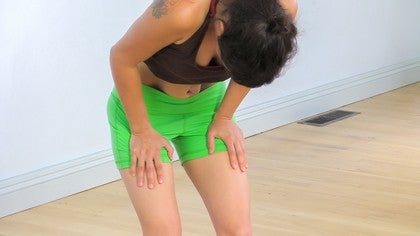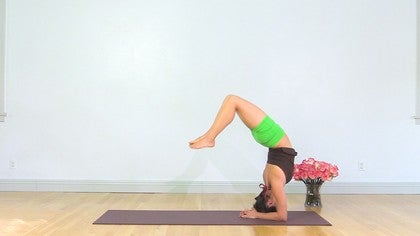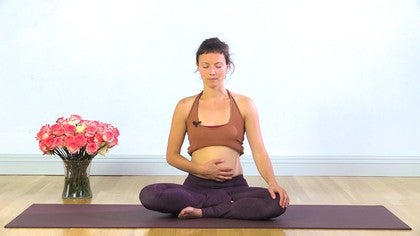Description
About This Video
Transcript
Read Full Transcript
(waves lapping) Hi. So, I thought we'd take a look at Bhastrika, which is actually a little bit more of an advanced pranayama than Kapalbhati, and I did a short on Kapalbhati, so it might be useful to watch that first, before you dive into Bhastrika, just because it probably could affect the nervous system a little bit more than the Kapalbhati. But we're gonna start really slow with it. So the way that I do Bhastrika in my pranayama practice is I start with Kapalbhati and then I move into the Bhastrika, so the Kapalbhati, just a short review, is the sharp exhalations, passive inhalations. Bhastrika is a sharp inhalation and an exhalation.
So both stages of the breath are quite sharp. So you wanna start slow. Bhastrika actually translates to bellows, so one of those old bellows that brings more air onto the fire, and that's what this pranayama really does, it really activates the sympathetic nervous system, so it's a little bit intense, and then in the residue after that, after a Kumbhaka or a hold, the parasympathetic nervous system, there's like this juxtaposition happening where the parasympathetic nervous system kinda kicks in, and there's a deep release through the body. One of my teachers, Angela Farmer, believes that this pranayama is really to unlock old holding patterns. So you can go into that intensity a little bit, and maybe if there's anything that you wanna just blast through your system or out of your body, that's something that you can hold in your field of awareness when you're practicing this.
Try not to go too hard on this one. If you feel really jacked up after the pranayama it's an indication that you've probably just gone too far, so start slow. That's exactly what we're gonna do. So I'm gonna pull my shirt up just that you can take a look. I should mention, that the pumpings, at first they come through the lower belly point.
So way down here, 'bout four finger widths below the navel, that's where you wanna feel like that bouncy ball feeling in your belly. But, when you've done this enough times, you can actually relax the lower abdomen, and you can explore having the snappings actually happen from the notch in between your ribs, and that's a little bit more advanced, and we won't do that today, but I just wanna throw that out there, if you have a regular pranayama practice, it's something really interesting to explore. So we're gonna start like a steam engine, and then it's going to sort of gain momentum. So take a nice inhale, (inhales deeply) Exhale everything. (exhales deeply) And, exhale, sharp snapping back towards the spine.
(exhales sharply) And then inhale, strong inhale through the nostrils. (breathes sharply) (breathes more quickly) (exhales deeply) Exhale everything, lean forwards a bit, Kumbhaka pause. Then inhale everything. (inhales deeply) Maybe you find a little chin lock at the top of the pot of the breath. As if you're lifting a cookie jar off the shelf, at the very top of the inhalation, kind of lift the ribcage, and then a smooth, steady exhalation as you let it drop.
(exhales deeply) So that's the Bhastrika. I'm gonna show you, maybe I should keep my shirt up for this, I'm gonna show you how I would practice it in my pranayama practice, so I start with Kapalbhati, and then I move into Bhastrika, and I find that a more gentle transition. So I'll talk you through it, you can practice it with me, and you don't have to go as fast as I'm going. I'm actually just showing you that just to see maybe where you'd wanna go, but you don't have to, the speed is so personal for you. So you just figure it out as you go along.
So starting with the Kapalbhati, inhale, exhale fully, and tucking the chin is nice, because you open the back body. And then start with forced exhalation, passive inhalation. (breathes sharply) And now starting to bring in the Bhastrika, slow like a steam engine and starting to speed up. (breathes sharply) (breathes more quickly) Exhale everything. (exhales deeply) Inhale.
(inhales deeply) At the comfortable peak, pause as long as you like. Lift the cookie jar off the shelf, still in the inhale pattern. Smooth, steady exhalation. (exhales deeply) And just pause in the residue of how that feels. See if you can really relax, on the abdomen, and feel the organs just hanging from their ligaments, the kidneys suspended.
The lungs soft. And that one's quite a powerful one. I would recommend doing it in the morning before you've had anything to eat, or maybe in the evening, but it can also be quite stimulating, so I hope you enjoy it. Thanks for practicing. Namaste.
Grounded Joy
Comments
You need to be a subscriber to post a comment.
Please Log In or Create an Account to start your free trial.











